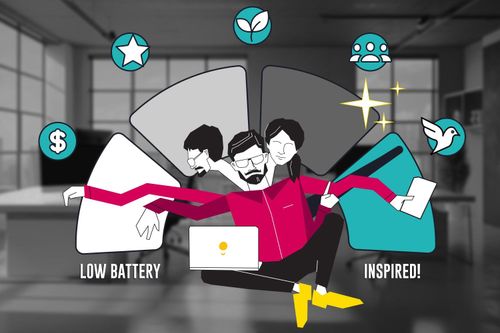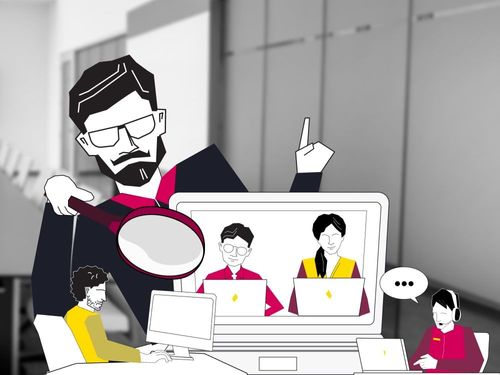
A decade ago, storing sensitive data on external servers was met with skepticism. Mow, wherever we look, we see companies of all sizes and scales are shifting big parts of tof their operations from ownership to access — whether it’s cloud computing, office space, accounting, or other non-core functions.
According to Gartner, over 85% of organizations will adopt a cloud-first principle by 2025. Moreover, the global cloud computing market is expected to surpass $1.24 trillion by 2027, growing at a CAGR of around 17.9%, highlighting its critical role in modern IT strategies.
Today, people ask themselves why they should invest so much time and energy doing something they are not specialized in and most probably don’t like to do, and furthermore why at all to own such a function in the organization with all its overheads. Now… the question is where to draw the line.
What is Cloud Computing?
Cloud computing delivers on-demand computing resources via the Internet, facilitated by industry giants like AWS, Azure, Google Cloud, and Microsoft.
For example, Netflix uses cloud computing services to stream video content seamlessly. Cloud computing has thus become a standard practice for mobile and desktop applications alike.
Types of cloud computing:
Software as a Service (SaaS) — direct access of the user to the cloud without installing an additional app or program;
Platform as a Service (PaaS) — tools and software for developers, that are necessary to build the apps;
Infrastructure as a Service (IaaS) — virtual infrastructure that includes hardware parts, like processor speed, physical or virtual servers, storage, networking etc.;
Network as a Service (Naas) — provided with network connectivity services, such as VPN and bandwidth on demand;
Also, clouds differ due to the type of use:
Public Сloud — no visibility and control over where the computing infrastructure is hosted.
Private Cloud — the information totally dedicated to your company, secured by a firewall, and fully controlled by the company.
Hybrid Cloud — the mix of public and private cloud, so you can use the private part for important data and the public for general info storage.
Clouds have a more complicated structure in comparison with dedicated servers, as it is not a simple virtualization type. Cloud computing refers to a service that results from that manipulation. Cloud solutions can be expensive as it requires a higher level of security protection.
By 2025, 92% of companies are expected to adopt multi-cloud strategies, enhancing flexibility and reducing vendor lock-in . Simultaneously, edge computing is gaining traction, processing data closer to its source, thereby reducing latency by up to 60% for cloud-based applications .
Advantages of cloud computing:
- Stability & elasticity.
- Standardized interference.
- Storage capacity.
- Access from any device and from anywhere in the world at any time.
- Easy way to share the data.
- Automatic updates.
- Back-up and disaster recovery.
- Flexible payment.
Disadvantages:
- Security and Privacy Concerns: Ensuring data protection in a shared environment.
- Compliance Issues: Adhering to regional and industry-specific regulations.
- Dependence on Internet Connectivity: Service disruptions can impact access.
- Potential for Vendor Lock-in: Difficulty in migrating between providers.
To sum up, cloud computing helps to manage data, allows to get quick access. Looking to improve data exchange in your company — try cloud services, the Smartexe experts will help you with the cloud integration and configuration.




















